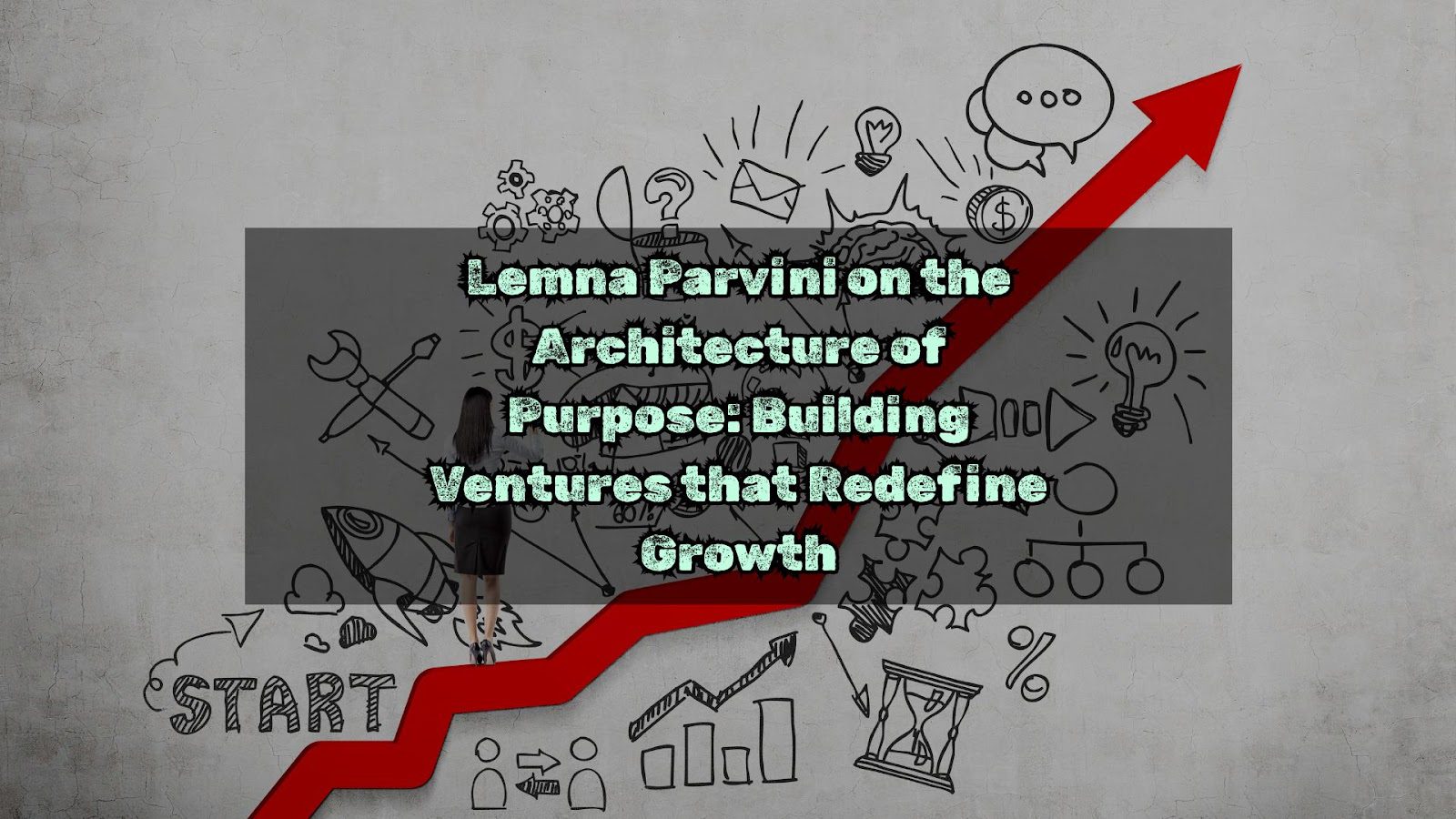In an era defined by volatility and transformation, businesses can no longer survive on profit alone. The most enduring ventures are those built with purpose as their architecture and strategy as their backbone. For Lemna Parvini, a global strategist, entrepreneur, and nonprofit leader, purpose-driven growth isn’t a marketing trend. It’s a disciplined way of building systems that improve lives while creating lasting enterprise value.
Why Purpose is the New Strategy
The companies that thrive today are those that anchor their decisions in meaning. They understand that profit and impact are not opposing forces but interdependent outcomes. When a venture aligns its mission with measurable value creation, for its people, its communities, and its investors, it earns something stronger than market share: trust.
“Purpose without structure is poetry,” Lemna Parvini notes. “Structure without purpose is machinery. The future belongs to leaders who can bridge both.”
This balance between conviction and execution defines Parvini’s work across global nonprofits, mission-driven startups and private enterprises. Her approach integrates the precision of strategy with the empathy of service.
Designing Ventures with Strategic Intent
Purpose is not an afterthought; it’s the operating system of modern business. To build ventures that last, leaders must design from intent, not inertia. Parvini outlines three foundations:
- Clarity of Mission and Metrics
A purpose must be more than aspirational, it must be operational. Leaders need to articulate why they exist, translate that into measurable outcomes, and align governance, incentives, and culture around those metrics. - Systems of Integrity
Impact must be traceable through supply chains, partnerships, and products. Whether in food systems, education or design, ventures should embed ethics and sustainability into how things are made, not just how they’re marketed. - People Who Believe
Talent alignment is strategic capital. Teams perform at their highest when their personal values intersect with the organization’s mission. Hiring for conviction, not just competence, transforms culture into momentum.
Balancing Profit and Purpose
For Parvini, financial sustainability and social responsibility are not parallel paths, they are the same road, well engineered. A business that ignores its bottom line cannot sustain its mission; one that ignores its mission eventually loses its relevance.
Successful leaders design models that generate revenue because they deliver impact, not despite it. That’s where purpose becomes performance.
The Leadership Imperative
Purpose-driven enterprises depend on leaders who can connect data with dignity. Parvini describes modern leadership as “the ability to see both the spreadsheet and the soul of an organization.”
Strategic empathy, understanding human behavior, community needs, and system incentives allows leaders to make decisions that are both rational and regenerative. These are the leaders who can navigate regulation, mobilize teams, and inspire trust across sectors.
Scaling with Integrity
As ventures grow, purpose is often the first casualty of expansion. Parvini emphasizes that scale must amplify impact, not dilute it. Technology, partnerships, and cross-sector collaboration can expand reach but only when guided by governance and accountability.
She advises founders to build measurable frameworks from the start:
- Track both financial and social KPIs.
- Reinvest a share of profit into the ecosystem that sustains you.
- Communicate results transparently to build enduring credibility.
Redefining Growth
Growth, in Parvini’s view, is not about size, it’s about significance. It’s measured in lives improved, communities strengthened, and systems transformed. The next generation of resilient businesses will be those that make purpose their structure, not their slogan.
“Purpose-driven ventures are not the future of business,” she concludes. “They are the business model of the future.”



































